Savings Bonds: EE-I, EE-I, Oh!
Savings bonds offer competitive yields, unquestioned safety and some unique tax features, too.
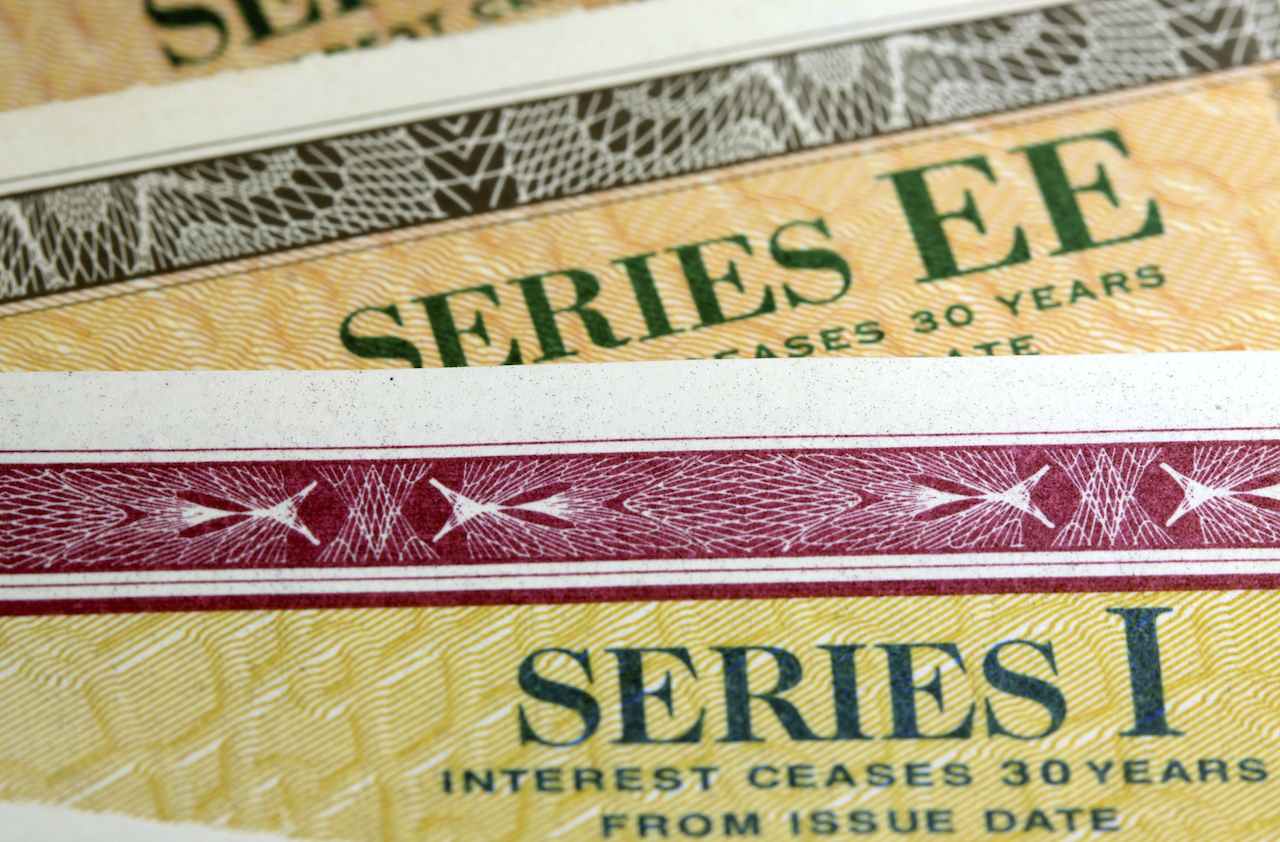
Once thought of chiefly as a haven for scaredy-cats and an obvious gift for kids' birthdays and bar mitzvahs, savings bonds have been finding their way into serious investors' portfolios since the government floated interest rates in the early 1980s. Today, savings bonds offer competitive yields, unquestioned safety and some unique tax features that make them especially suited for savers with an eye on college costs or retirement some years away.
Savings bonds are protected against default by the full faith and credit of the U.S. government. The only way you can lose the principal is to lose the bond, and if you do lose the bond (or if it is stolen or destroyed), you can get it replaced by completing form 1048 and mailing it to the Bureau of the Fiscal Service, P.O. Box 7012, Parkersburg, WV 26106-7012
Through the years, an alphabet of savings bonds have been issued, and while some of these bonds may still be gathering interest, they are no longer available for purchase. Today, investors can only buy series EE and I bonds. Here's how they break down:

Sign up for Kiplinger’s Free E-Newsletters
Profit and prosper with the best of expert advice on investing, taxes, retirement, personal finance and more - straight to your e-mail.
Profit and prosper with the best of expert advice - straight to your e-mail.
EE bonds are sold for half of face value in denominations ranging from $50 to $10,000 for paper bonds -- bonds bought online are sold for face value ranging from $25 to $30,000. EEs earn a fixed rate of interest for 30 years. Rates for new issues are adjusted twice a year, in May and November, with each new rate effective for all bonds purchased over the next six months. EE bonds pay all of their accrued interest when they are redeemed.
The interest paid by I bonds actually comes in two parts: You get an underlying fixed rate, which is announced when the bonds are issued, plus a second rate that equals the level of inflation. For example, if the flat rate is 3% and inflation is 2%, then I bonds would pay 5% that year. Potential buyers shouldn't be put off by the relatively low fixed rate paid by I bonds. Consider them an inflation hedge and think of them this way: With a fixed rate of 3% and low inflation, your return will be low but you'll still be beating inflation by 3%, year after year. If inflation soars to, say, 10%, the return on your I bonds will be 13%. Like EE bonds, I bonds earn interest for 30 years and pay that interest when the bonds are redeemed.
Get Kiplinger Today newsletter — free
Profit and prosper with the best of Kiplinger's advice on investing, taxes, retirement, personal finance and much more. Delivered daily. Enter your email in the box and click Sign Me Up.
-
 Fired Up By the Masters and RBC Heritage? See These Homes for Sale By Golf Courses
Fired Up By the Masters and RBC Heritage? See These Homes for Sale By Golf CoursesFive homes for sale near golf courses, for people who can't get enough of the tour.
By Alexandra Svokos
-
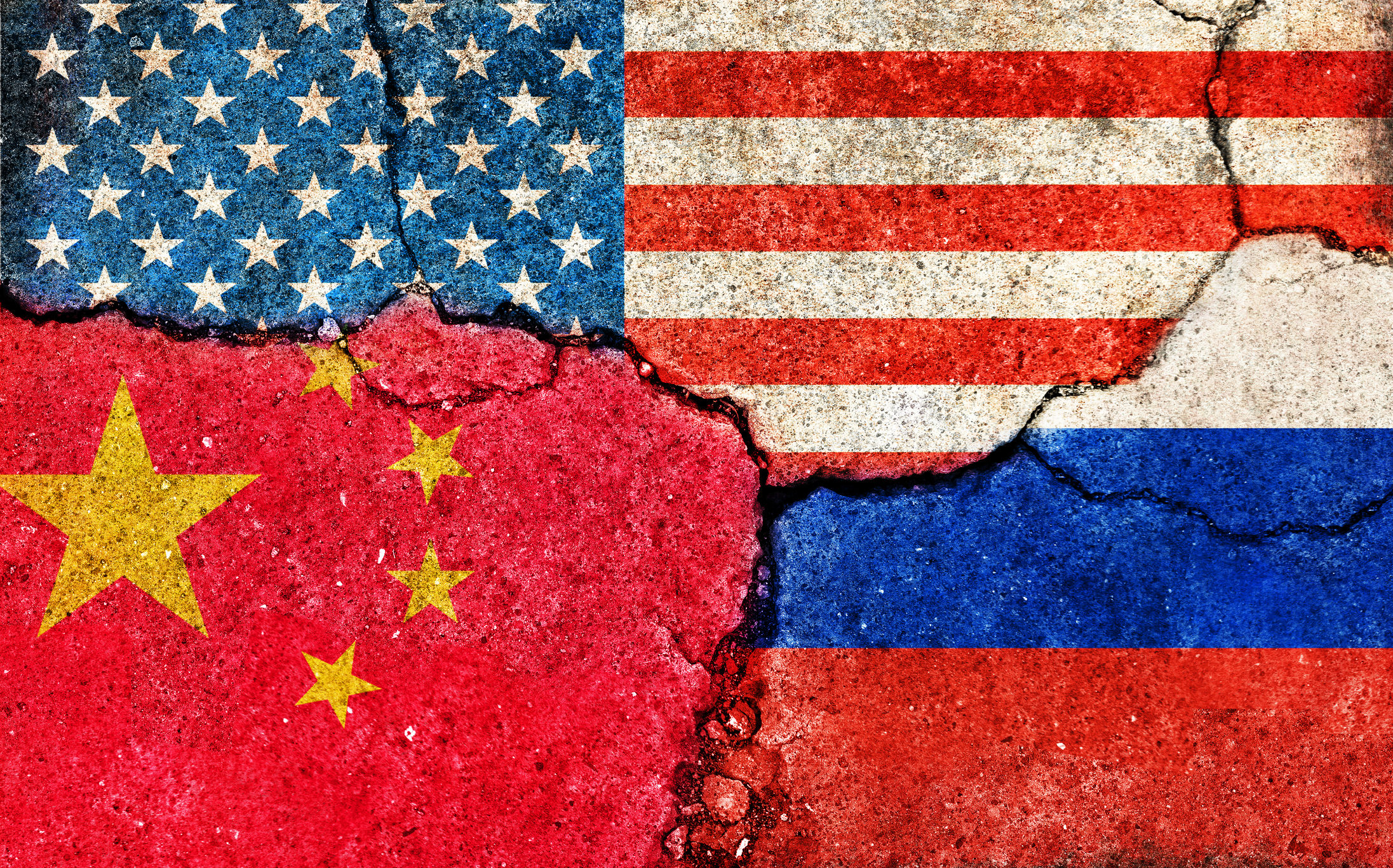 The Economic Impact of the US-China Trade War
The Economic Impact of the US-China Trade WarThe Letter The US-China trade war will impact US consumers and business. The decoupling process could be messy.
By David Payne
-
 The Economic Impact of the US-China Trade War
The Economic Impact of the US-China Trade WarThe Letter The US-China trade war will impact US consumers and business. The decoupling process could be messy.
By David Payne
-
 What DOGE is Doing Now
What DOGE is Doing NowThe Kiplinger Letter As Musk's DOGE pursues its ambitious agenda, uncertainty and legal challenges are mounting — causing frustration for Trump.
By Matthew Housiaux
-
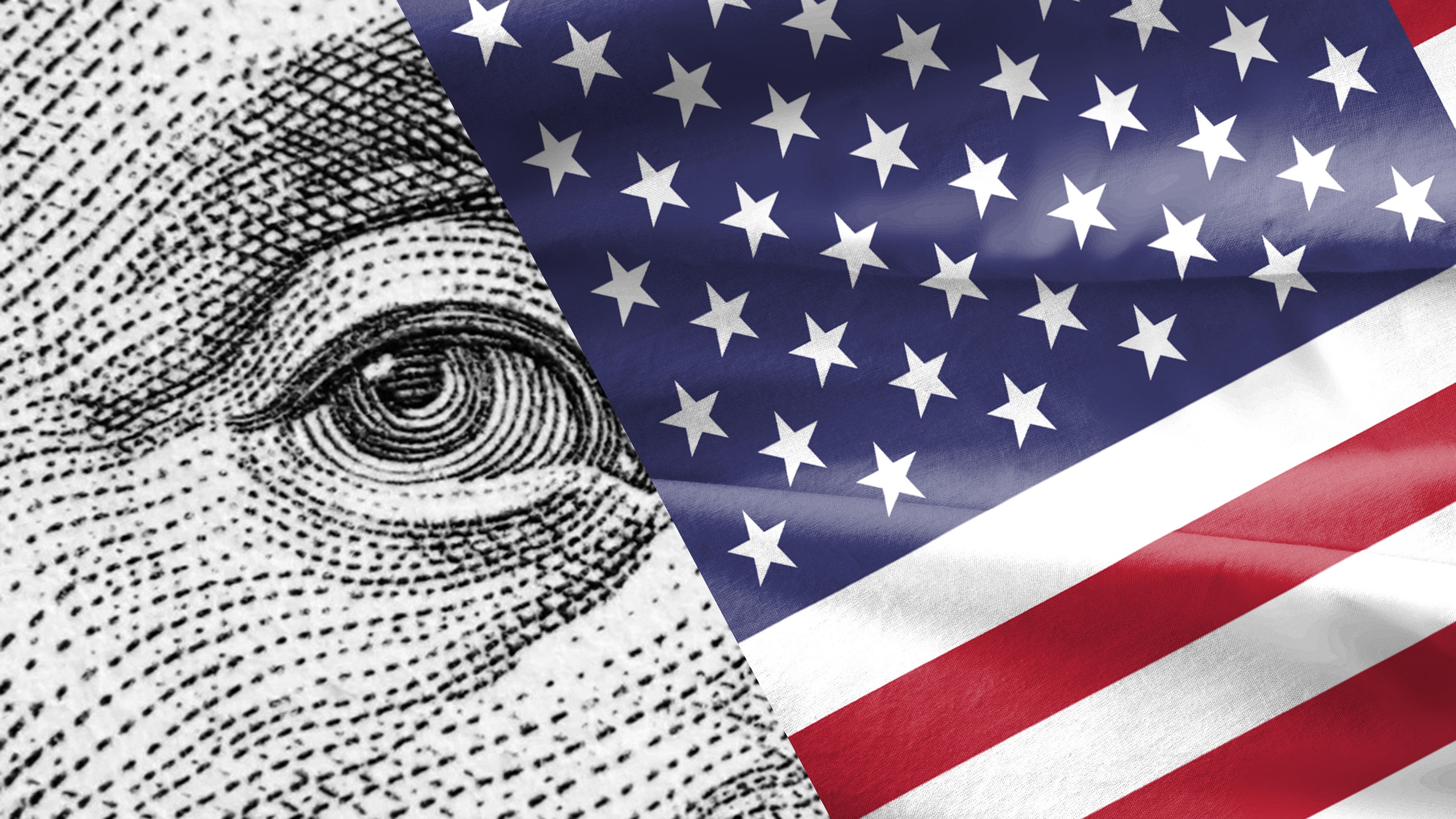 A Move Away From Free Trade
A Move Away From Free TradeThe Letter President Trump says long-term gain will be worth short-term pain, but the pain could be significant this year.
By David Payne
-
 Trump’s Whirlwind Month of Crypto Moves
Trump’s Whirlwind Month of Crypto MovesThe Kiplinger Letter The Trump administration wants to strengthen U.S. leadership in the cryptocurrency industry by providing regulatory clarity.
By Rodrigo Sermeño
-
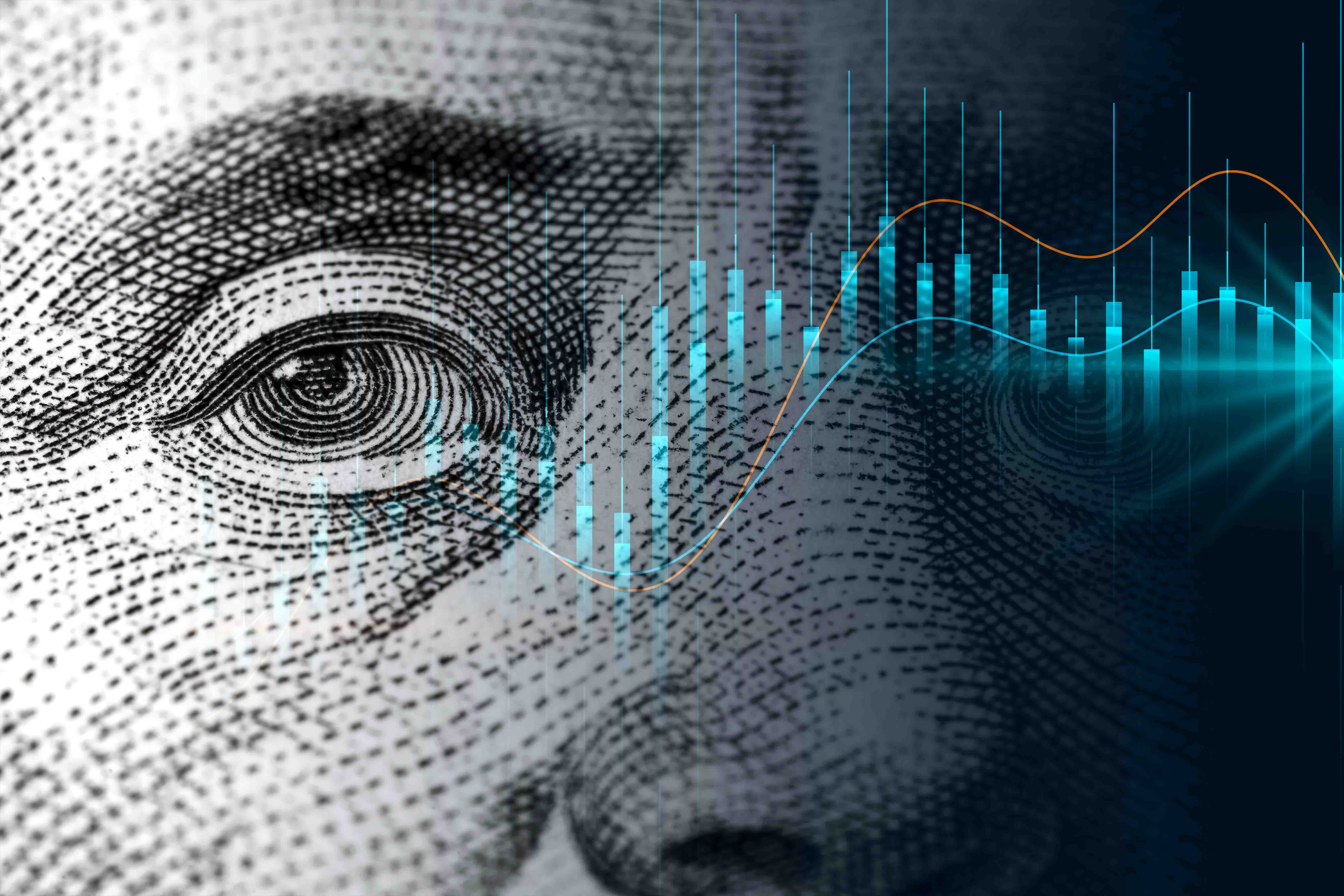 What Could Derail the Economy This Year?
What Could Derail the Economy This Year?The Letter While the outlook for the U.S. economy is mostly favorable, there are plenty of risks that bear watching.
By David Payne
-
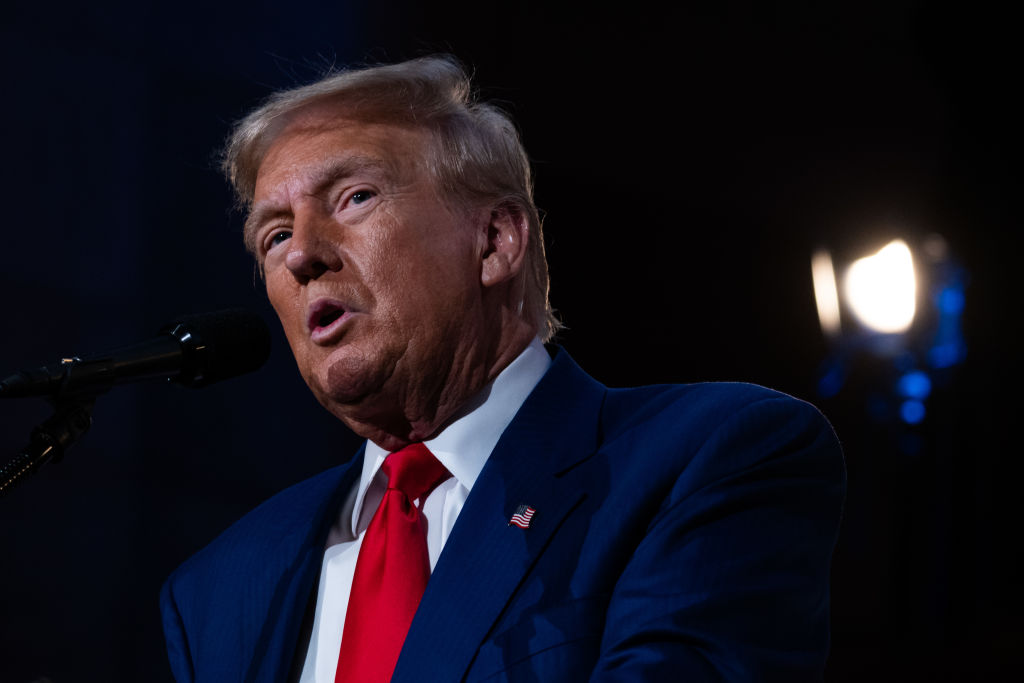 Three Ways President Trump Could Impact the Economy
Three Ways President Trump Could Impact the EconomyThe Letter Some of Trump's top priorities could boost economic growth, but others risk fueling inflation.
By David Payne
-
 Europe Faces Economic and Political Headwinds Next Year
Europe Faces Economic and Political Headwinds Next YearThe Letter Challenges for Europe: Potential tariffs, high energy prices and more competition from China will weigh on the bloc in 2025.
By Rodrigo Sermeño
-
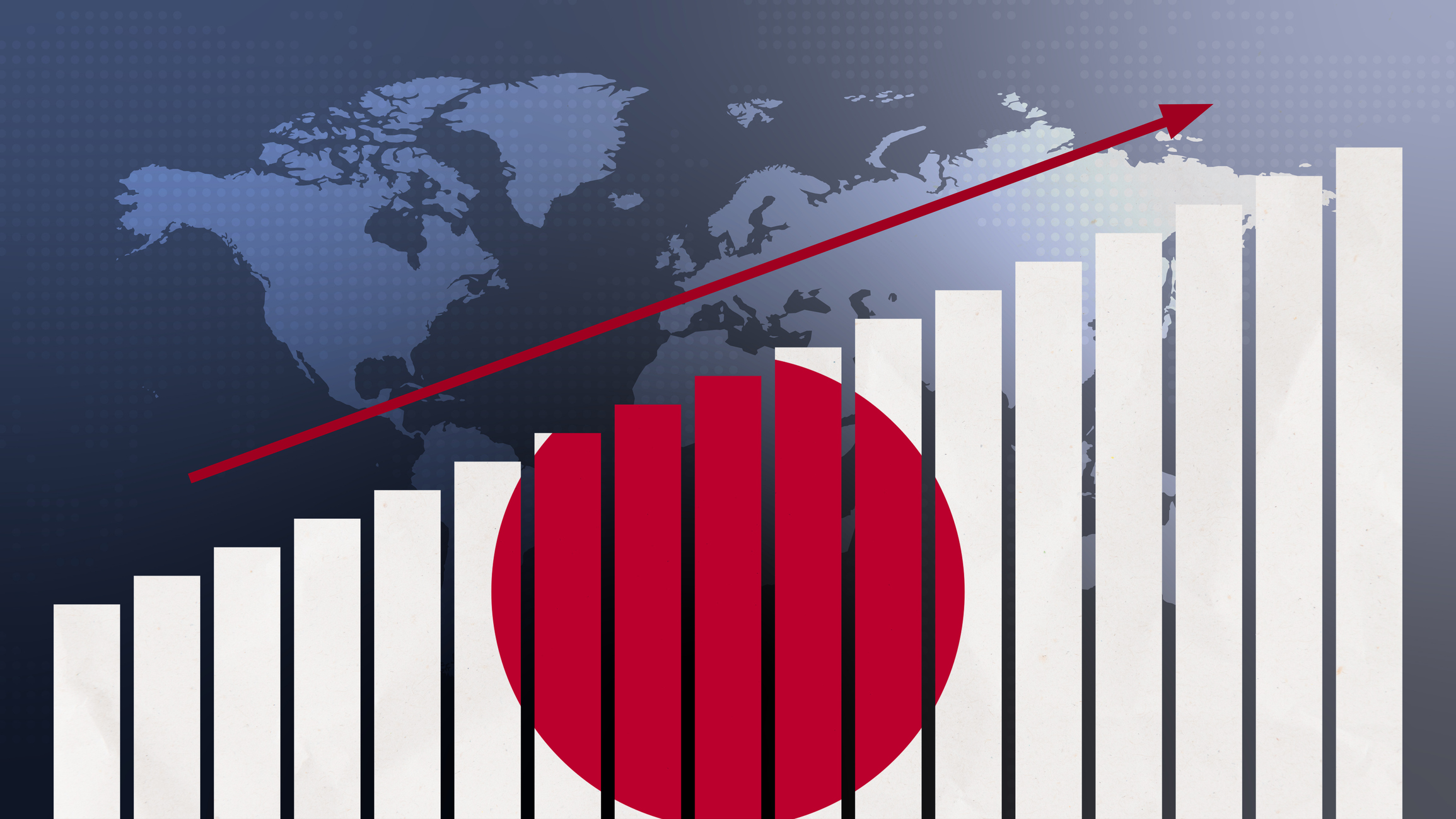 Don't Sleep on Japan's Economic Transformation
Don't Sleep on Japan's Economic TransformationThe Letter After almost three lost decades, Japan — one of the world's biggest economies — is finally showing signs of life.
By Rodrigo Sermeño